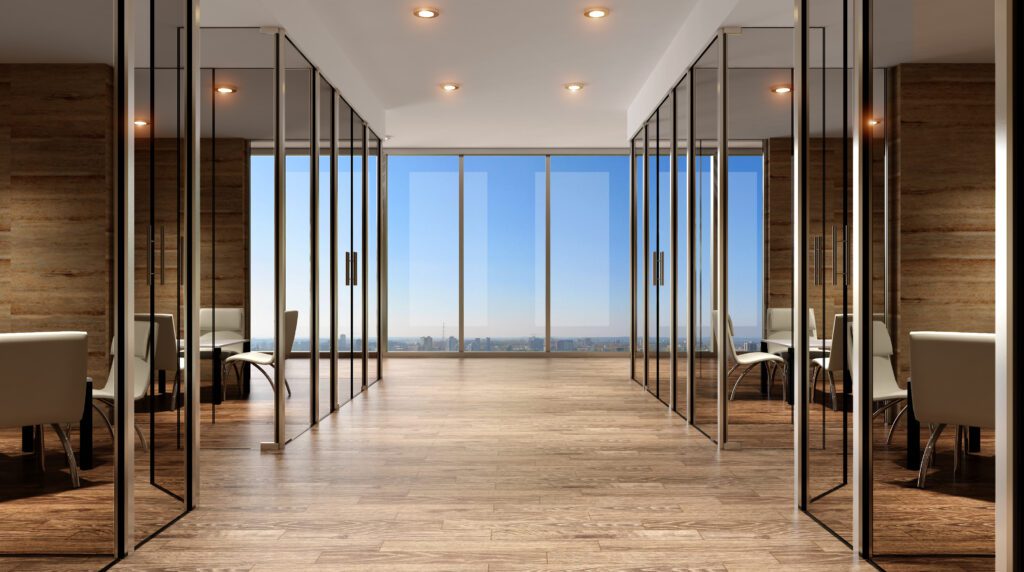
What the Post Covid Workplace Could Look Like
As we slowly approach what many call a “new normal” following the coronavirus pandemic, employees are wondering if and when they will be going back into the office for work. Companies are shaping and planning what the future of work will look like.
Finding Out That Remote Work Works
Before Covid-19, companies hesitantly and skeptically experimented with remote work. But forced into it recently by Covid-19, companies and employees learned that remote work and flex work are actually doable. Several types of jobs exist that don’t require workers to be physically located at the job site in order to be productive and keep things running. Workers are also more willing than previously realized to be tracked via chat, computer, video conferencing, and temperature checks.
Workers can manage their own time as long as they are productive. They have gotten used to not having to account for commute time and in several cases have already moved away to other more desirable and affordable locations and are now far from their offices.
But the Work/Life Balance Remains an Elusive Struggle
While it may be nice to work remotely and see loved ones more often, attempting to achieve a balance between work and caregiving, parenting responsibilities, child care, and spouses at home can also be a source of financial and emotional stress and distraction. Working in the office made it easier to compartmentalize one’s life, but working at home can blur those lines. In addition, not everyone has a dedicated private room at home for Zoom calls and uninterrupted work. The workplace provides a compartmentalization of life responsibilities that working at home does not.
Building Trust and Bonds are Harder Remotely
Remote work is perfect for independent tasks but can also be lonely and isolating. It’s also tough for managers who need to coordinate tasks between coworkers and ensure performance, a difficult undertaking since some tasks don’t show fruition and productivity until completed. This makes it even more necessary for managers to focus on measuring performance.
One way they are doing this is by keeping open lines of communication through chats and videoconferences, of which everything is recorded, along with recording the amount of time employees are online. However, digital communication is an imperfect form of communication that has the potential for misinterpretation, adding stress for everyone.
The random, informal in-person conversations that would occur before and after a meeting, in the hallway, in the breakroom, during coffee breaks, and during lunches are missing. These natural interactions strengthen connections, team culture, camaraderie, and trust. They help people understand each other better. Also, studies show that social ties are the biggest predictor of longevity.

We miss those seemingly unimportant small talk conversations we had in the office. It turns out they were important in cementing our bond with co-workers and the boss and getting projects done. New employees have not yet ever even had a chance to have previously formed these bonds, as they have not yet met their co-workers in person.
So Where Do We Go from Here?
As Covid-19 wanes, more and more industries are asking their employees to physically report once again to the office place. There are many scenarios that are playing out, from everyone reporting to the office, to hybrid, to continuing with remote work and saving money that would have been spent on office space rental.
However, companies cannot simply ask people to return to the office. People have faced mental health stressors, the loss of a loved one, or the financial strain of a spouse having lost a job. Managers have forged a closer connection to employees who are going through similar experiences.
Incorporating Flex Work into Company Benefits
There is a disconnect between what employers and employees are seeking when it comes to where they work. According to a Pew Research Center survey, more than half of employees would like to continue to work from home, but according to a CNBC article, “in a survey of more than 350 CEOs and human resources and finance leaders, 70% said they plan to have employees back in the office by the fall of this year — if not sooner.”
Employers have the ultimate power, yet they do want happy employees and understand that it could be hard for employees to readjust to working at the office. People have gotten used to this new flex arrangement. A majority of employees want to keep some form of remote work. Many workers have even moved out of the area. Some employers are now incorporating a “work from anywhere” or hybrid home/office model with flex hours, a four-hour per day arrangement, or a four-day per week benefit into a hiring and retainment strategy.
Safety First
Workers won’t be keen to report to the office, school, store, or museum unless they feel it’s safe. Those who return to the work place find a different environment, redesigned to keep employees safe from viruses. The open space plan has now gone back to being more modular. It turns out that a cubical type partition of some sort was a good thing for our physical health.
Masks are often suggested, or in some cases, mandatory until this pandemic subsides. Co-workers however, will most likely be vaccinated anyway. Schools required it of their teachers and more and more companies are requiring it as well.
A New World
For some it will be the first-time co-workers meet each other and meet managers in person. They may be surprised that people seem different in person than they do online. Regardless of whether they are meeting each other for the first time or not, workers will likely have a different perspective than before the pandemic and no longer take for granted that first in-person bonding hallway or coffee break conversation they’ve had in a long time. With everything that has happened with the pandemic, they will certainly have a lot to talk about.
